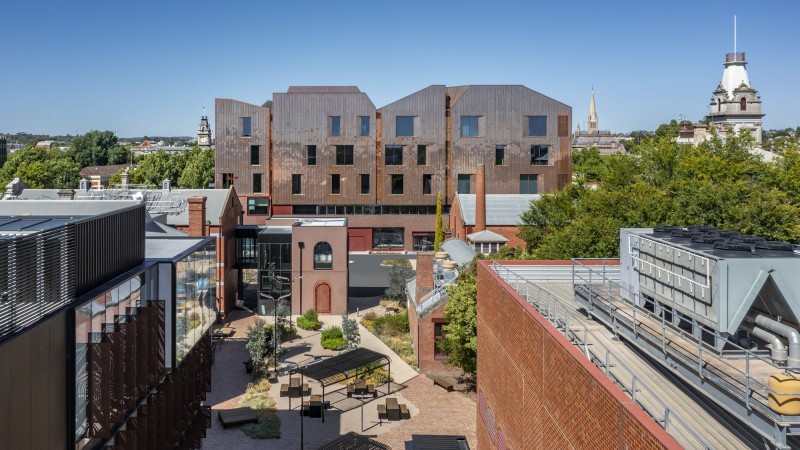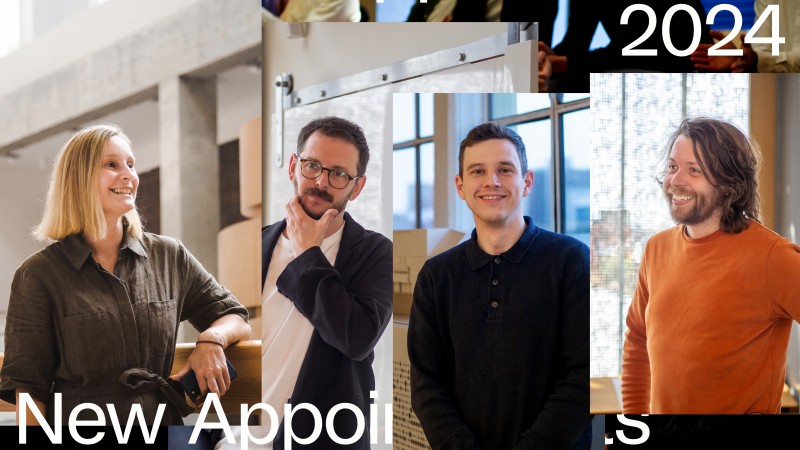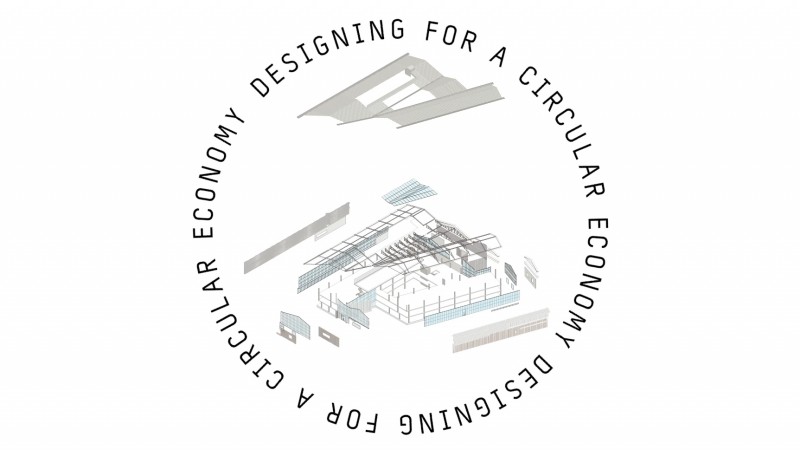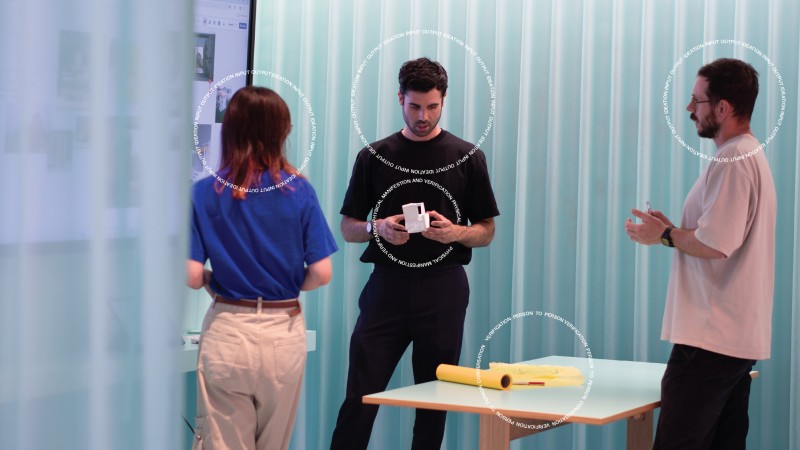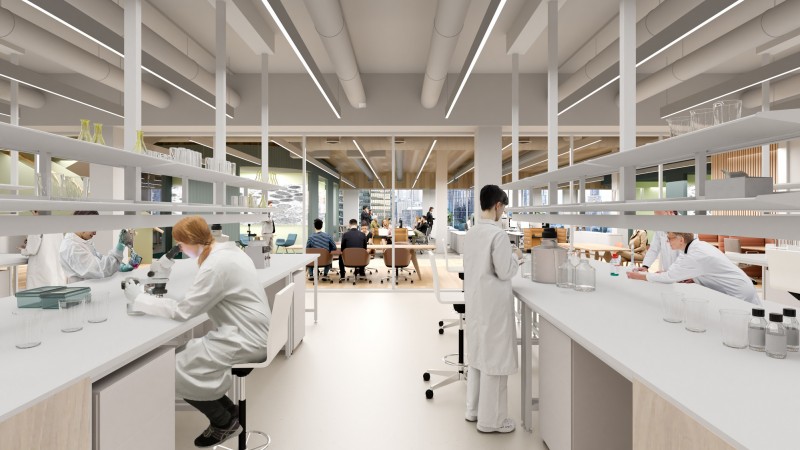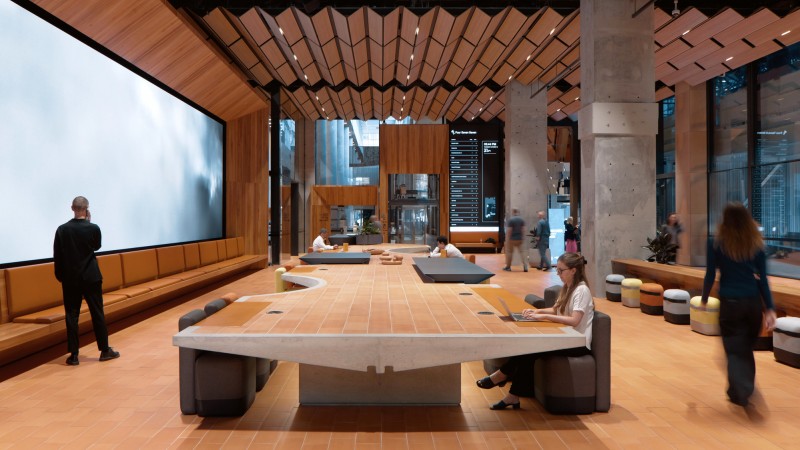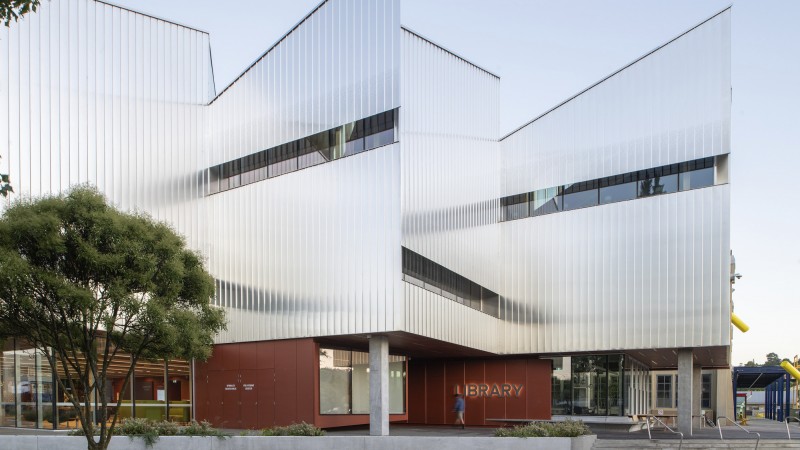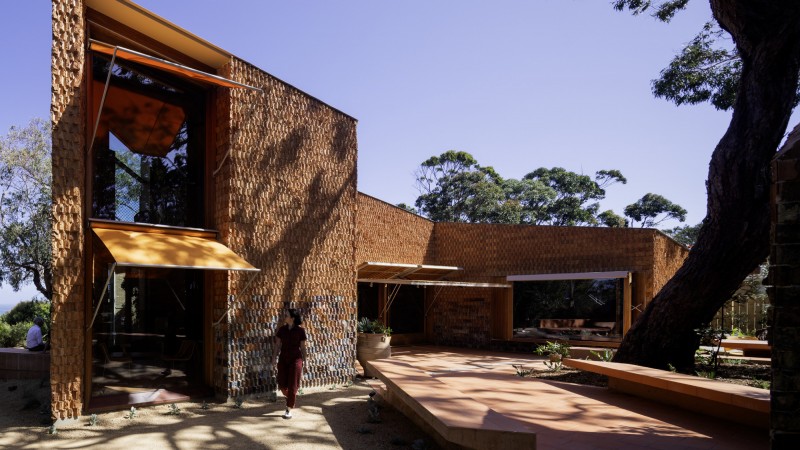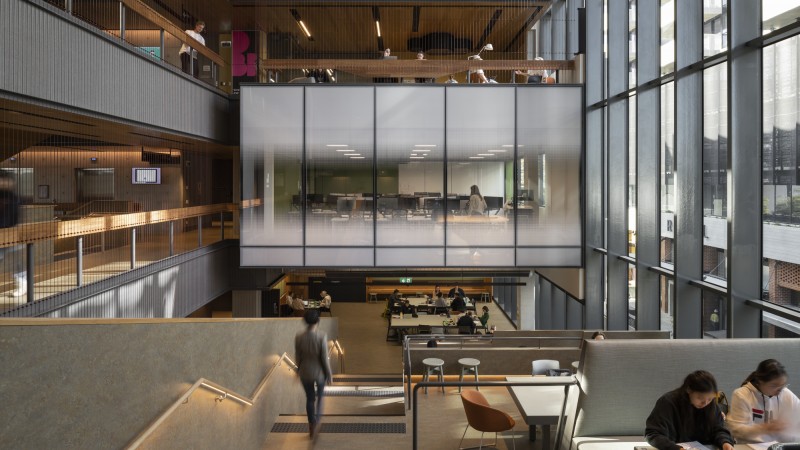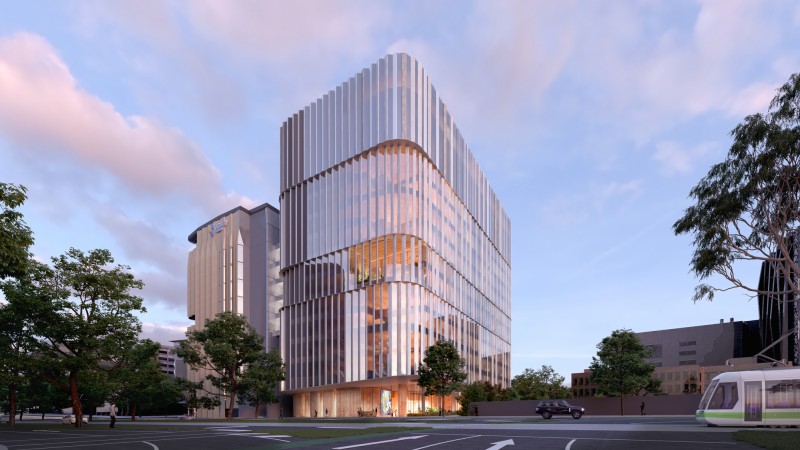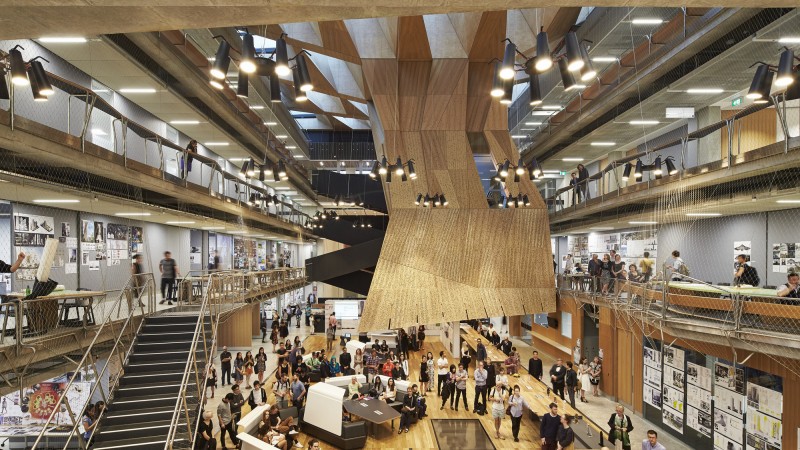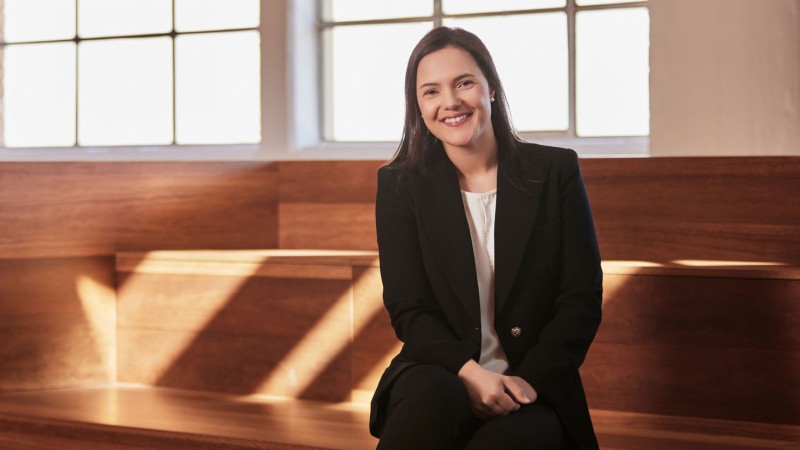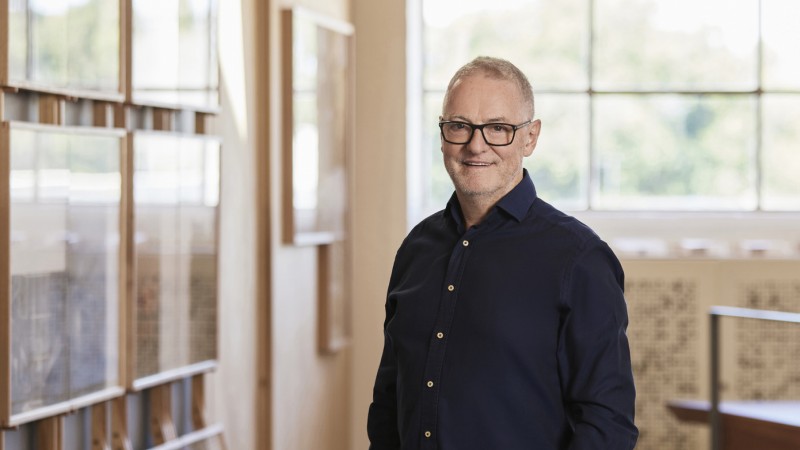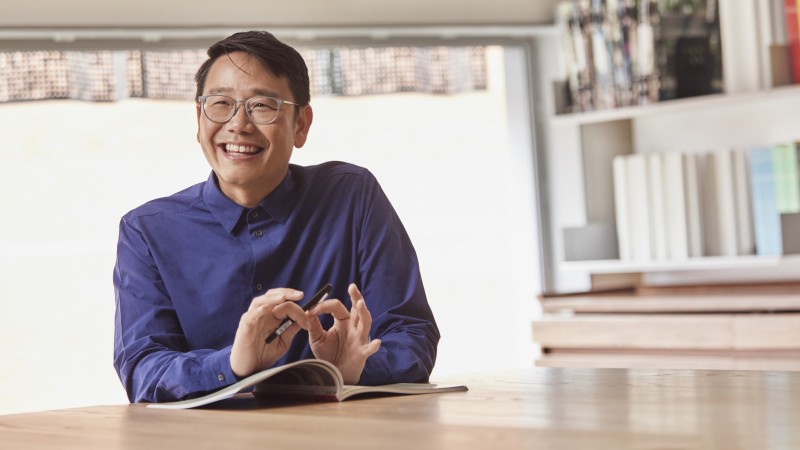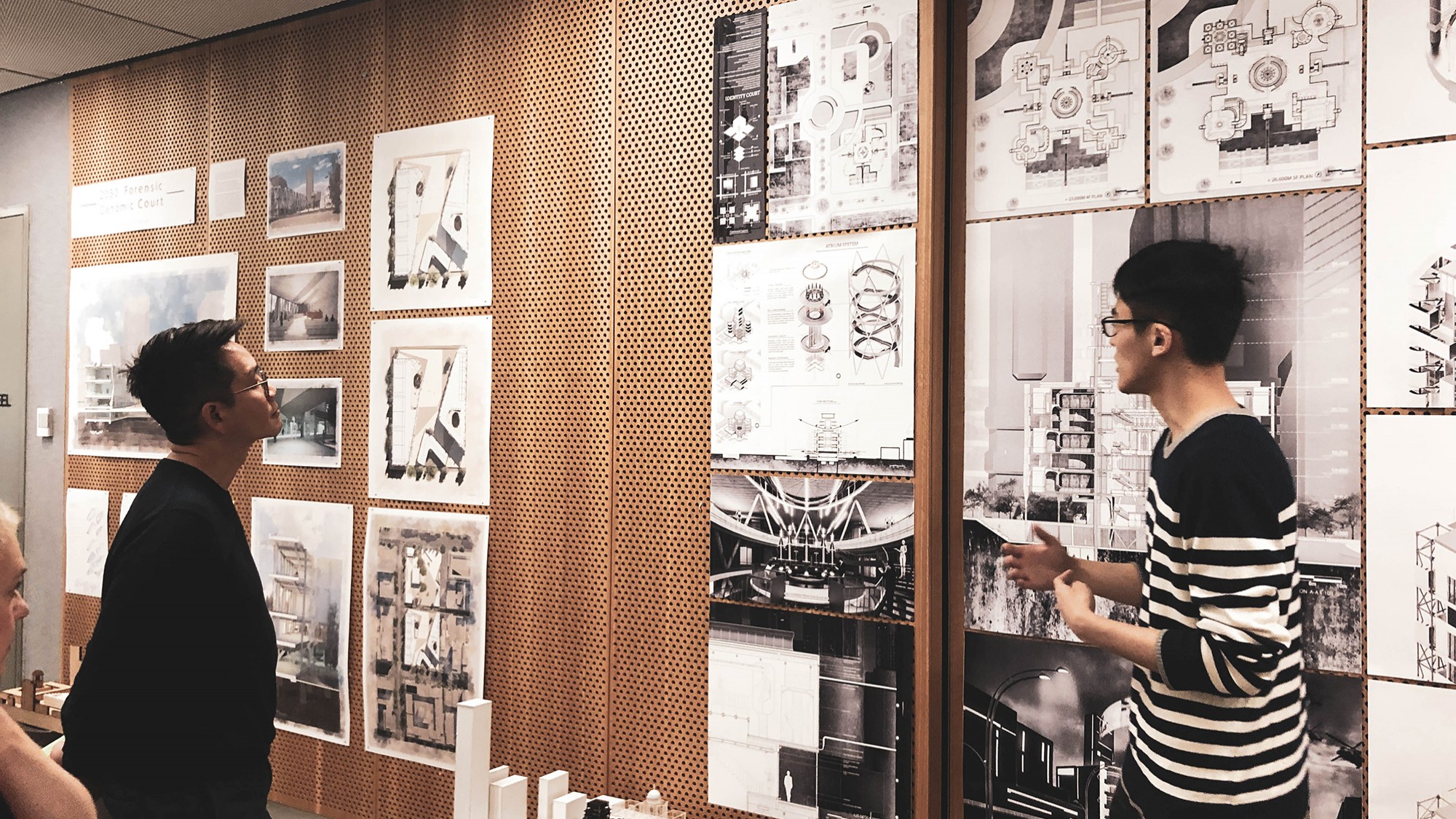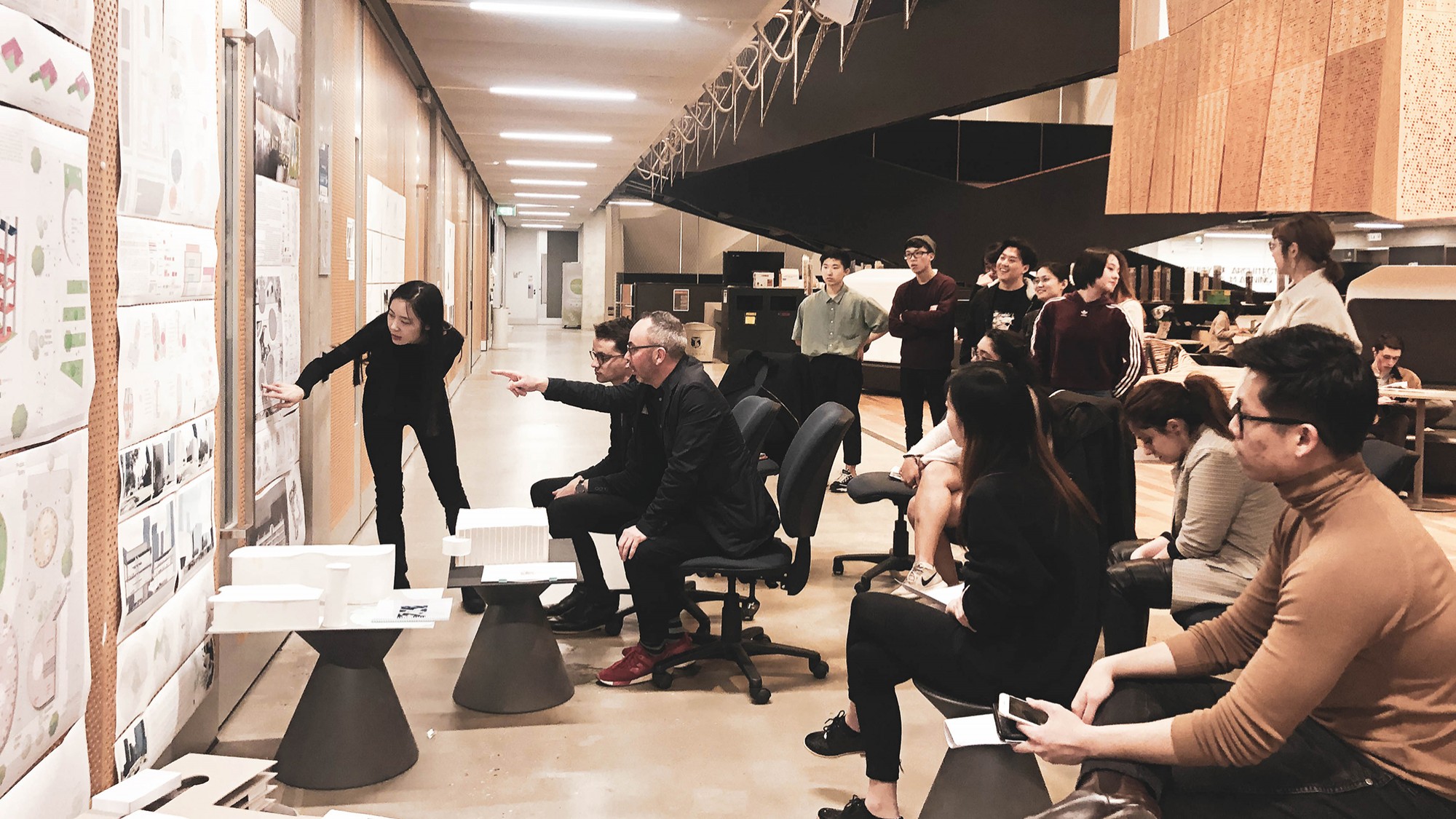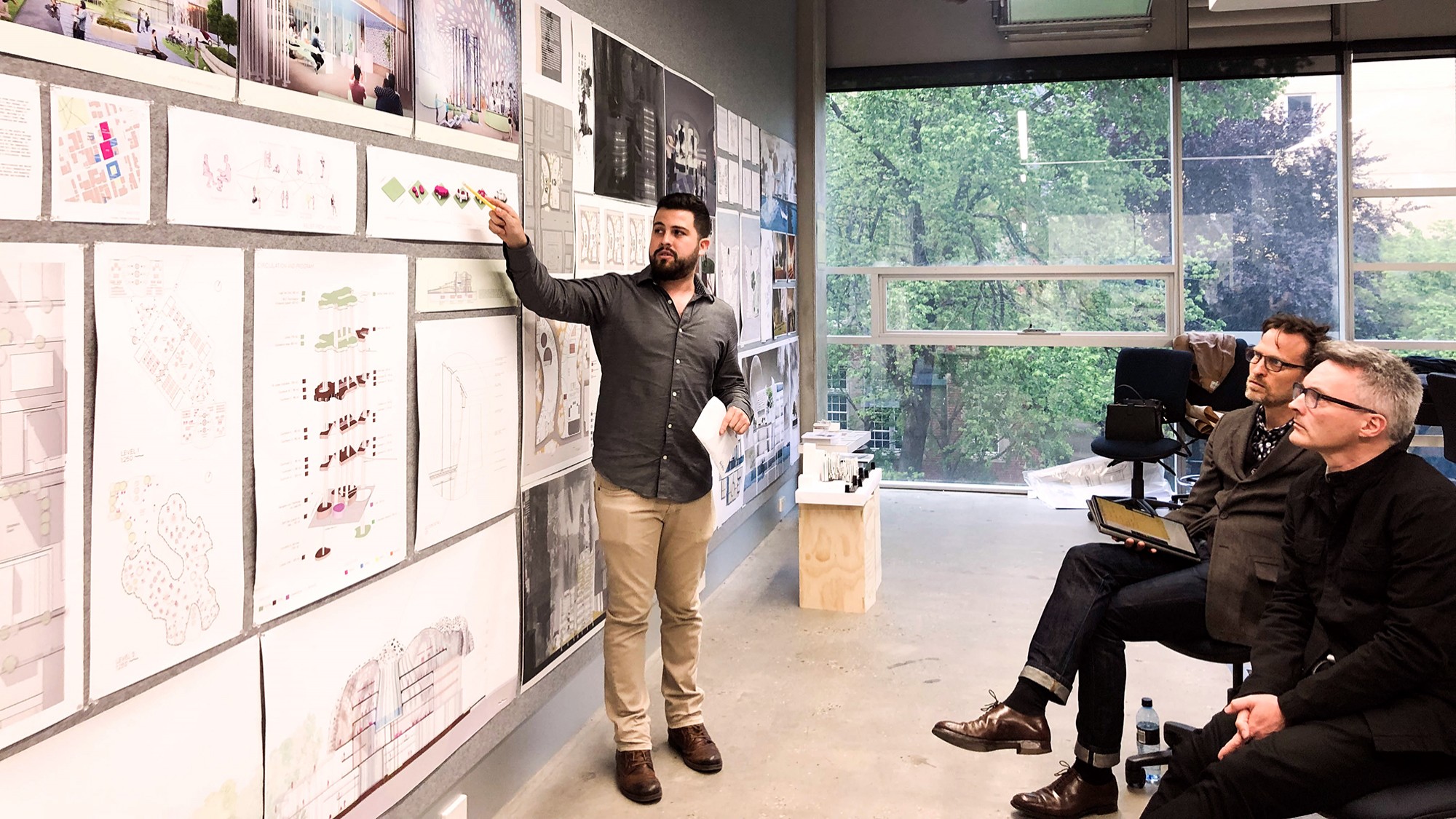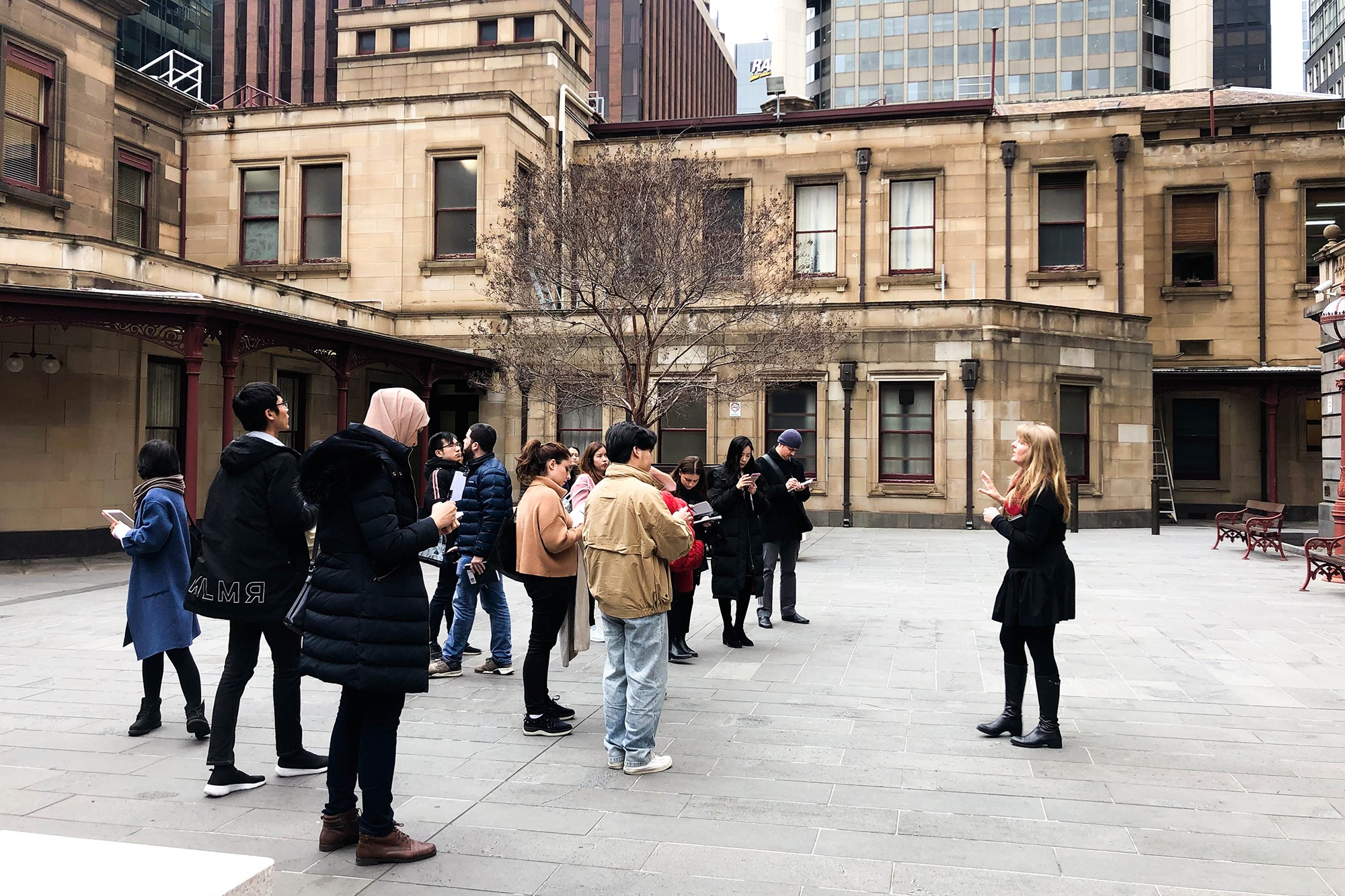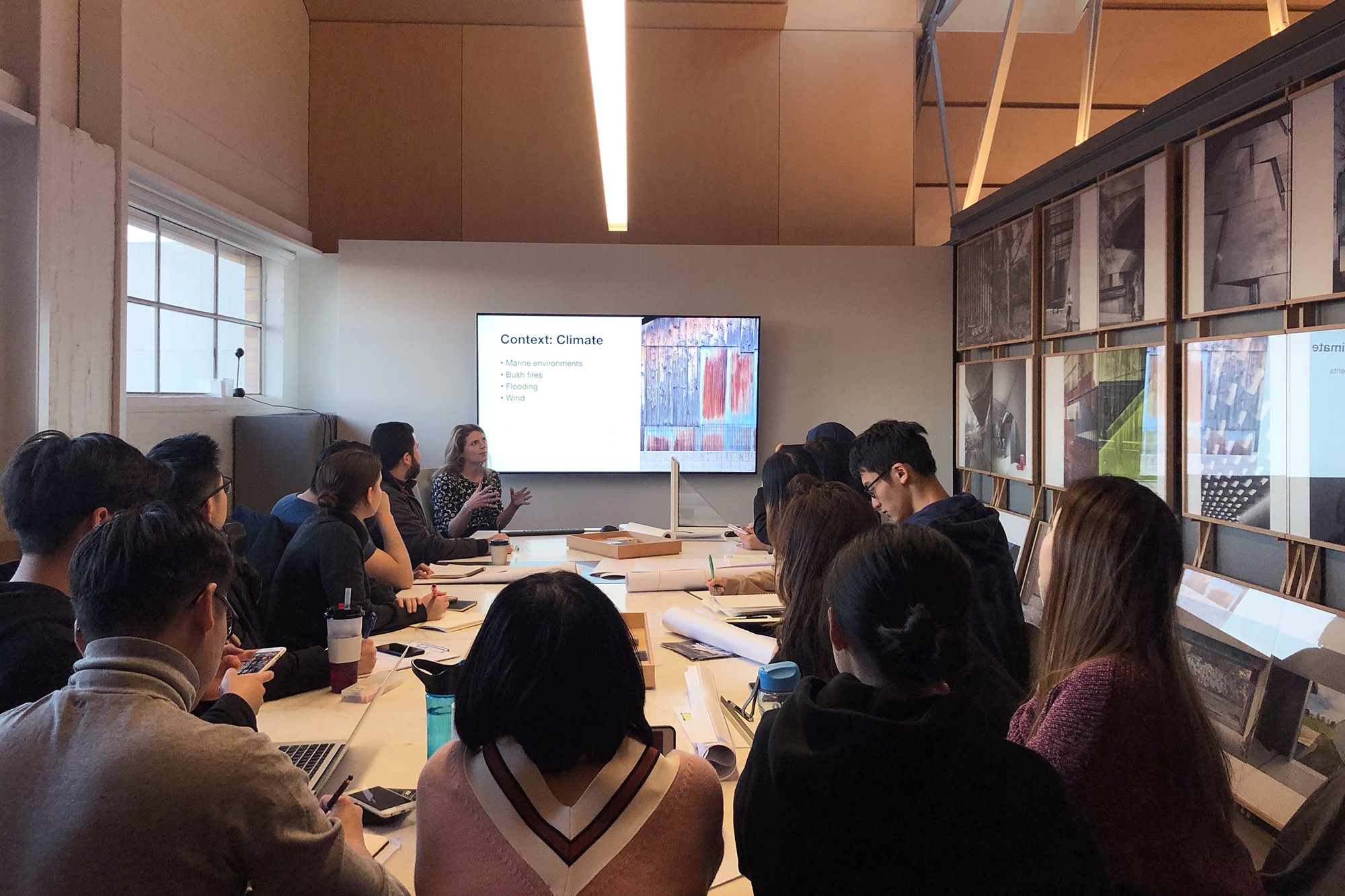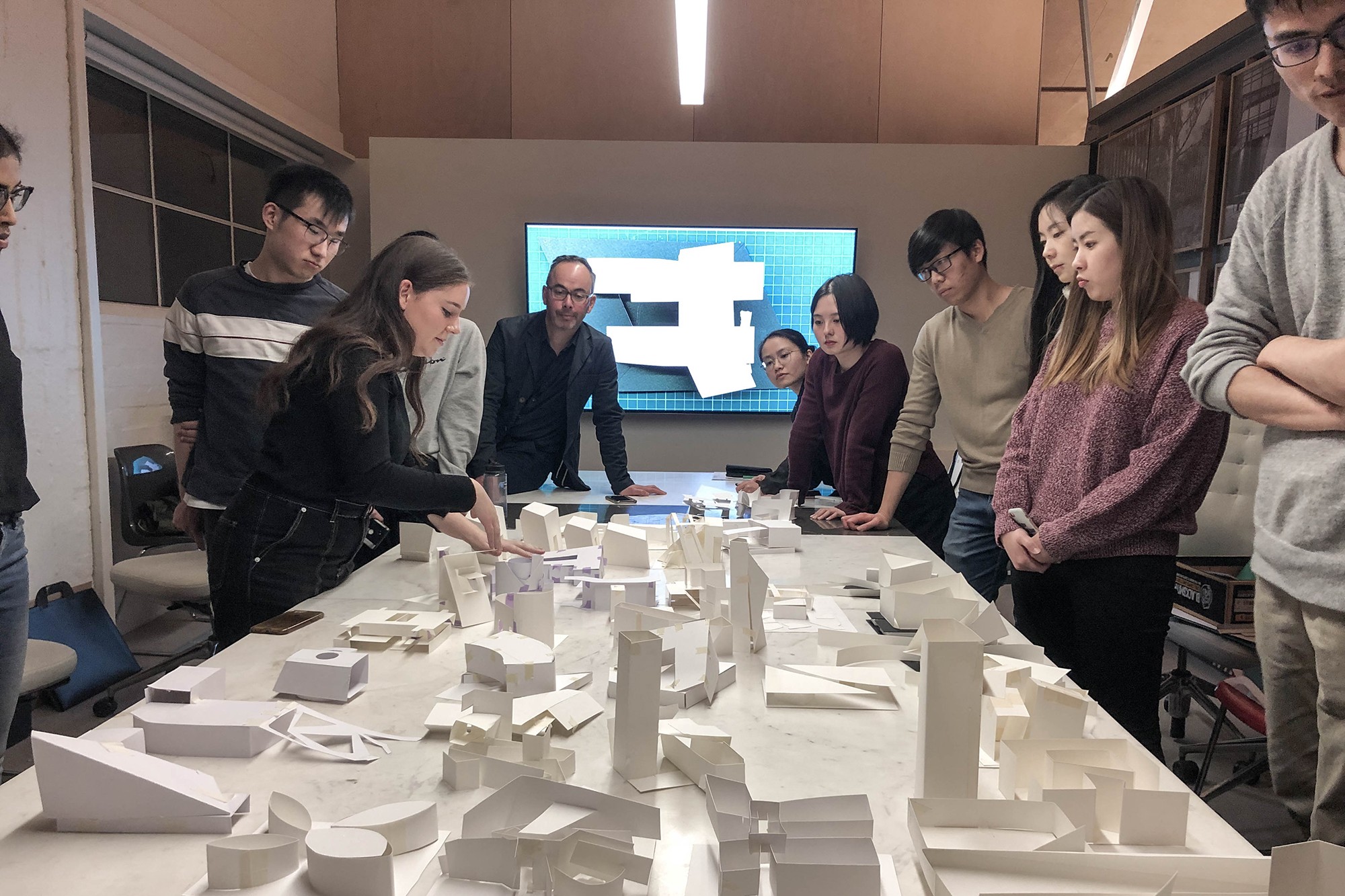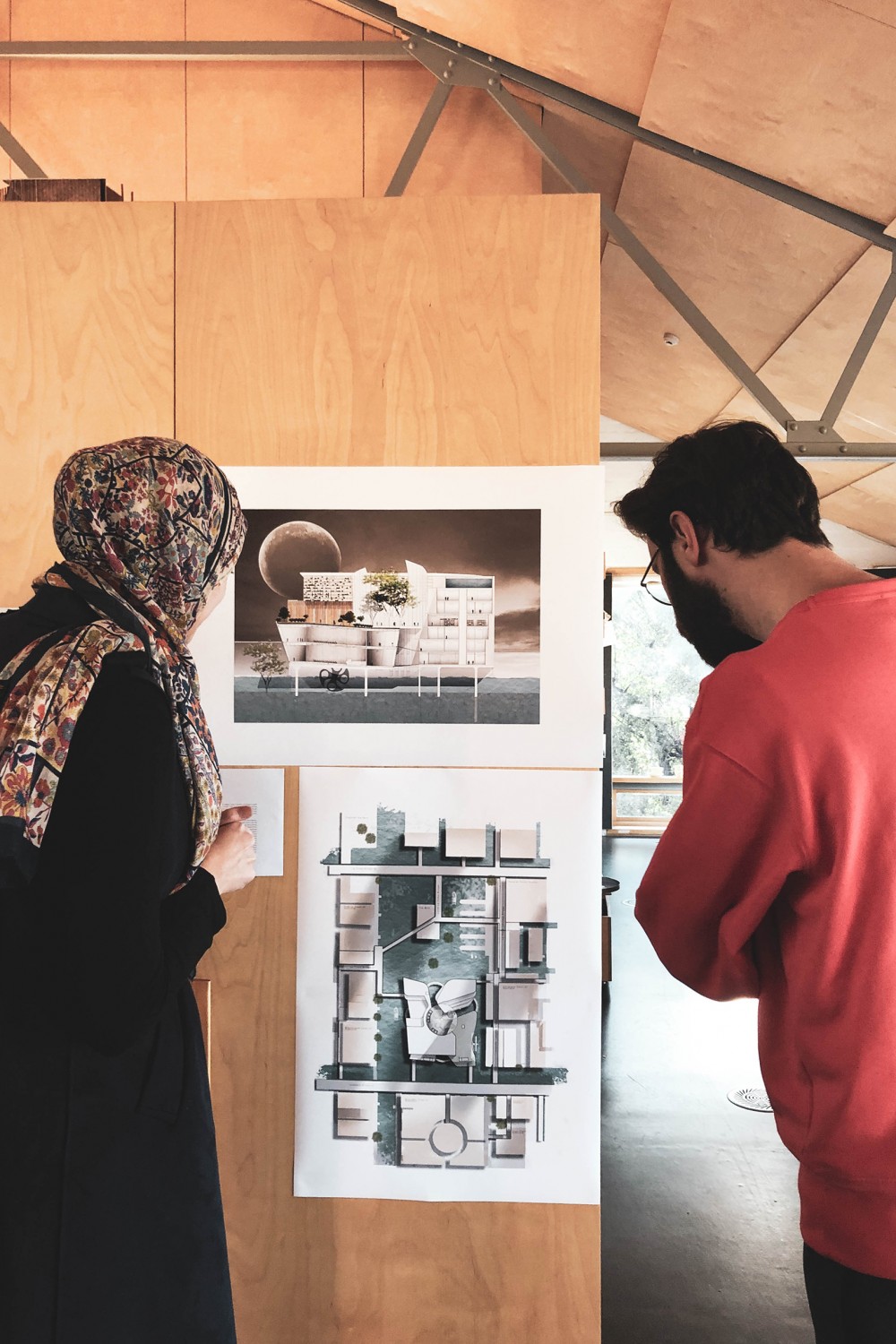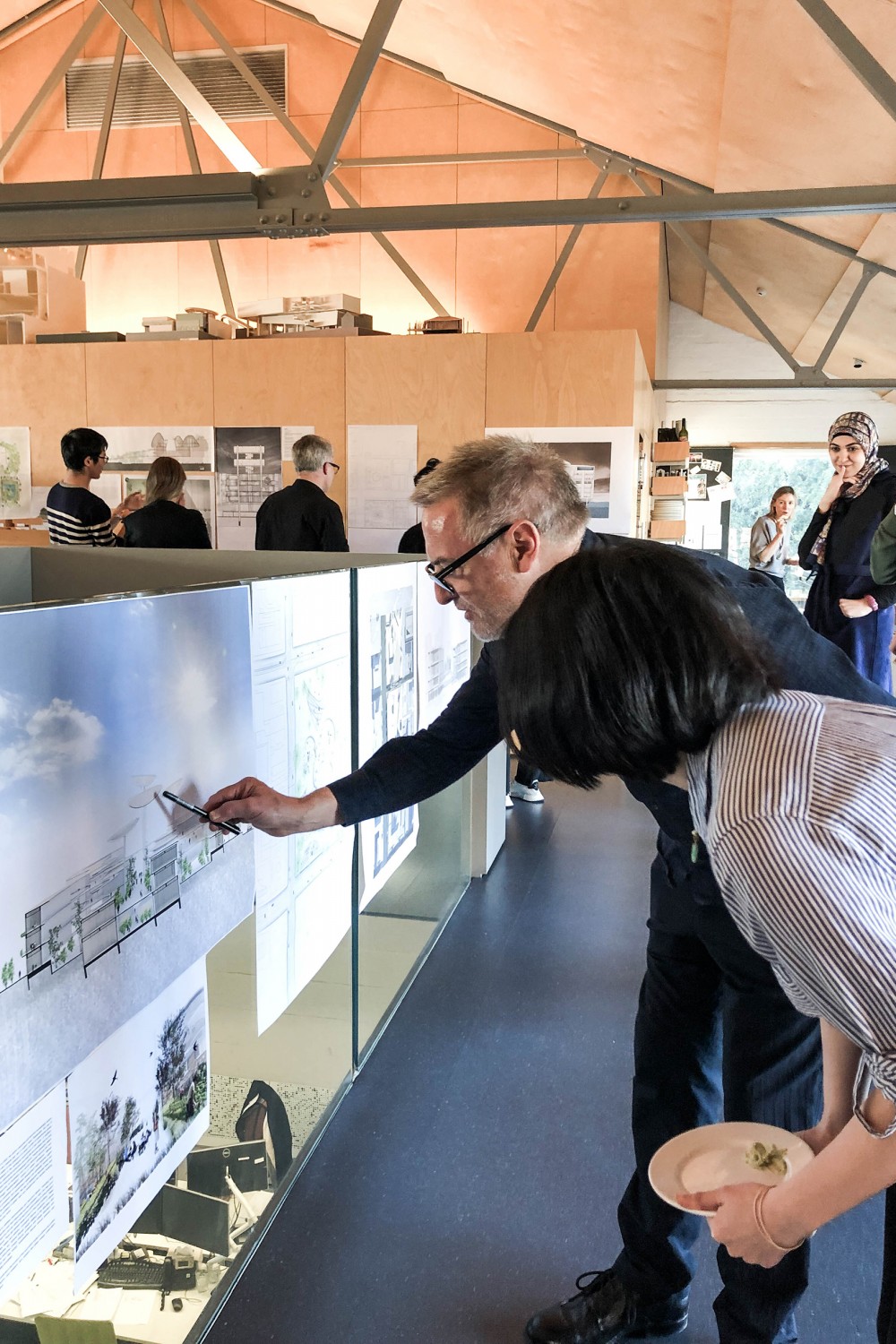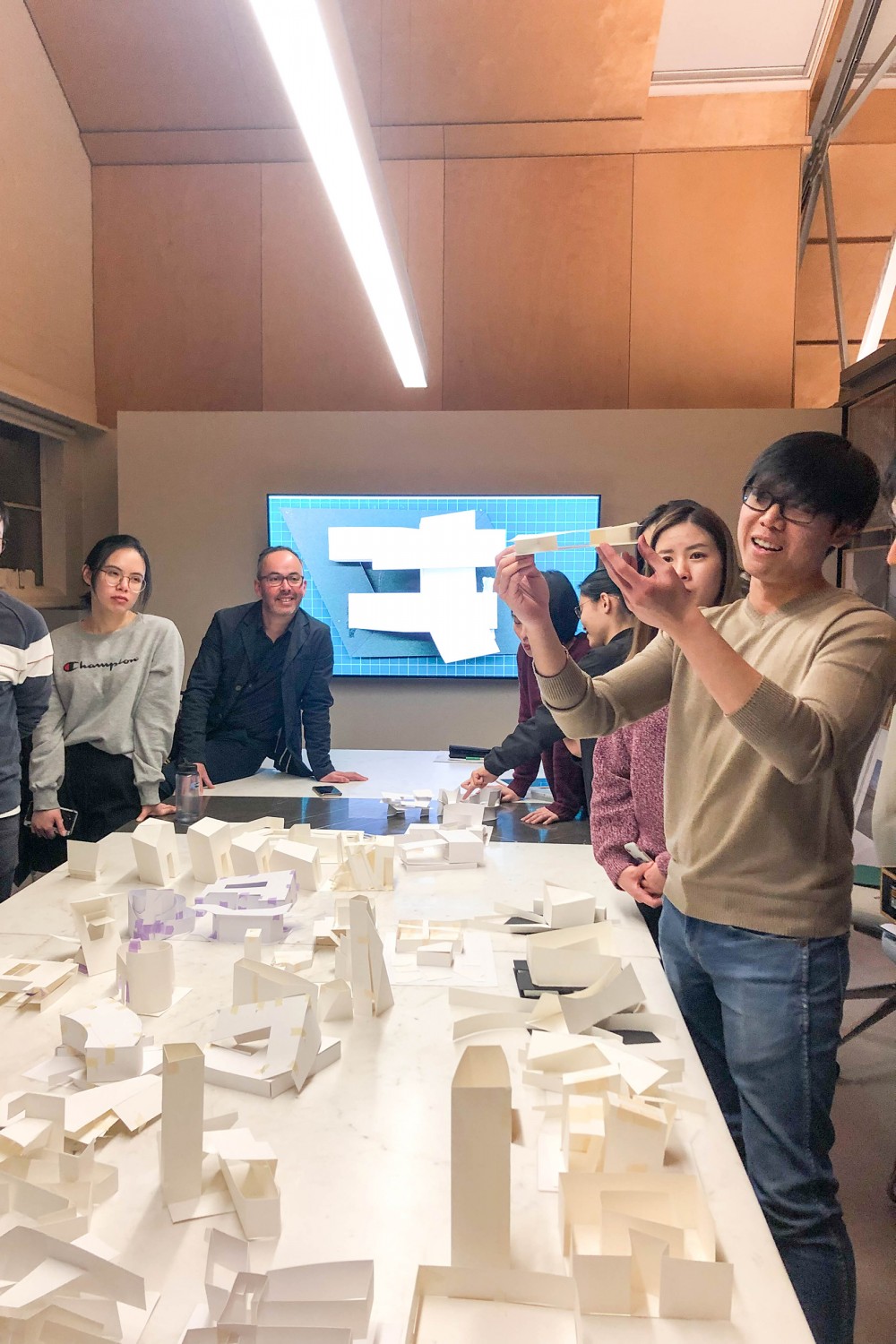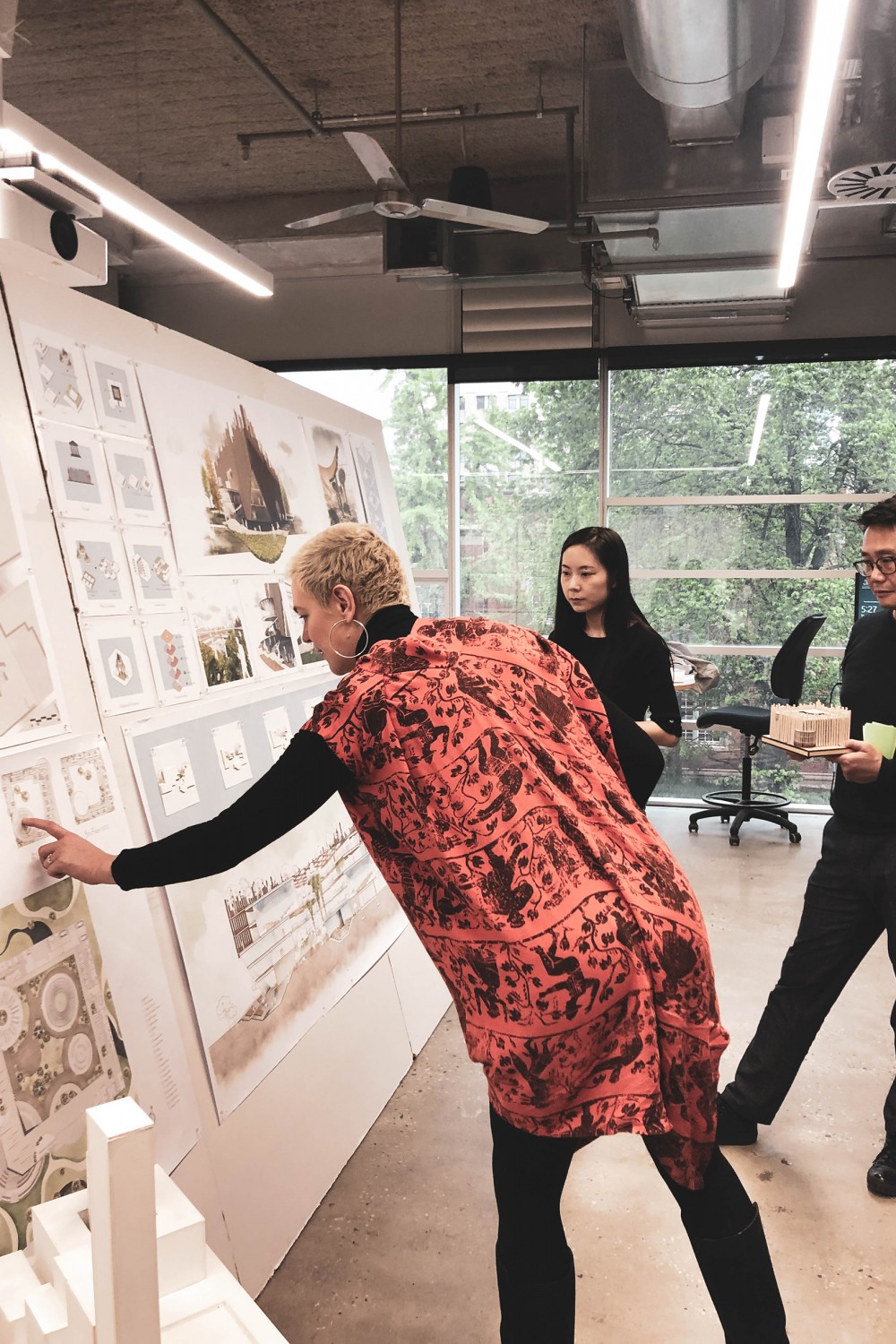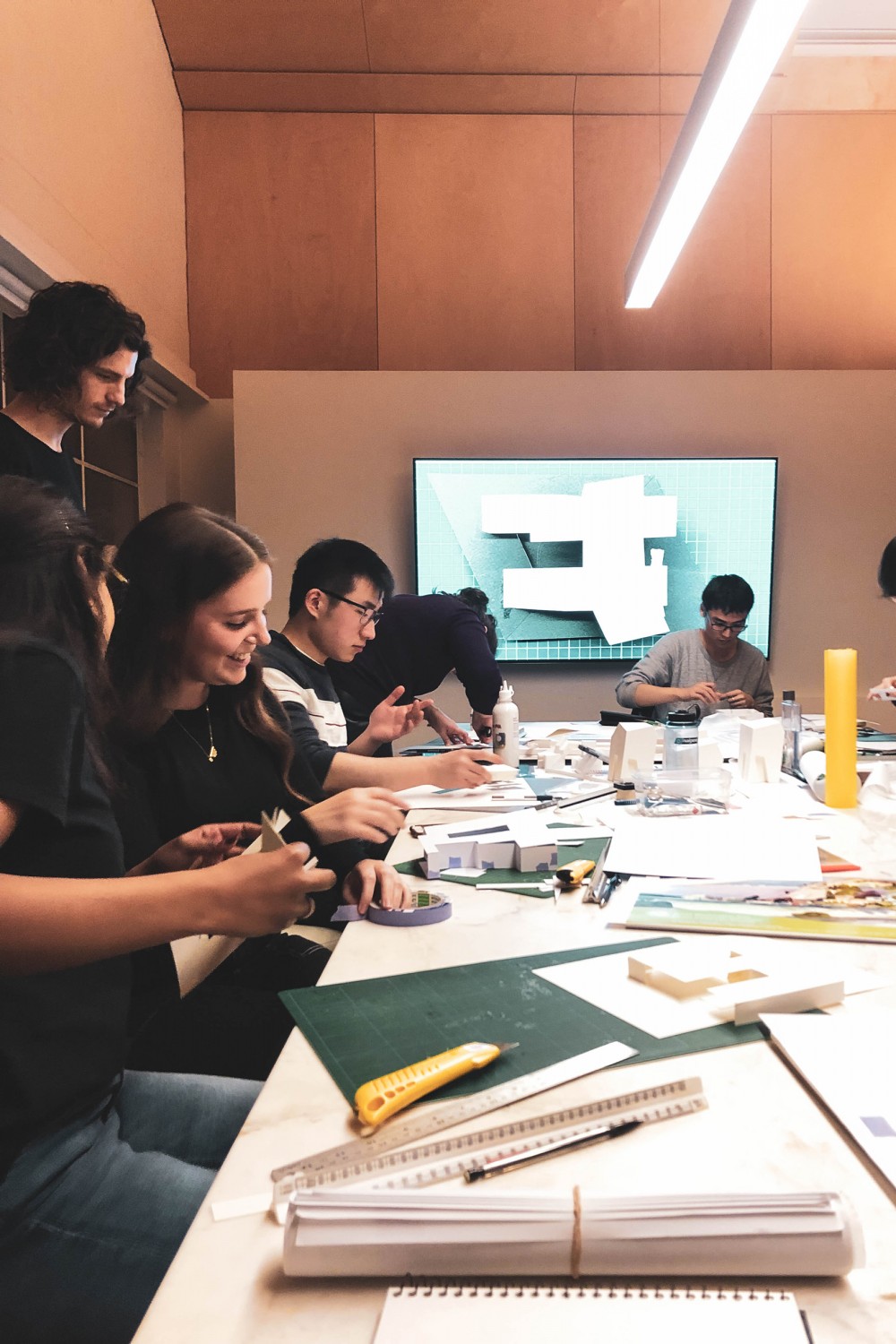Our greatest source of innovation has always been experimentation. It’s through experimenting with new materials, evolving technology, novel ideas and wide-ranging collaborations that elements of our most memorable and highly awarded projects have been conjured.
As many an architect will tell you, one of the richest periods of experimentation is during their studies. A time of imagining ambitious and fantastical structures and cityscapes before the constraints of ‘real’ sites, ‘real’ clients or ‘real’ contexts (building guidelines, budgets, deadlines) come into play.
To marry these dual passions for experimentation and education, Wardle Architects have been collaborating with universities around Australia to run teaching studios. The Outpost teaching studios are very much a place to test new ideas, we chose its name to evoke the feeling of occupying a frontier - of leaving an established base and surveying new territory. This resonates with our ongoing engagement with issues, people and places beyond our studios. Our work spans its own outposts: Bruny Island, Somewhere Other and many artist collaborations. While each endeavour began outside our day-to-day practice, they’ve individually become central to our identity.
Following on from the success of Outpost 01, our semester two teaching studio tackled a different critical issue for contemporary society – what is the role of the court building and how will this evolve in the 21st Century. Run as part of the University of Melbourne’s Master of Architecture course, it provided the opportunity to connect to our next generation of architects. It also enabled us to open the doors of our practice to offer insight into our thinking and design process.
As a series of teaching studios, Outpost comprises many conversations that extend beyond the walls of our studios and continue in the lives of the students who embark on this journey with us.
